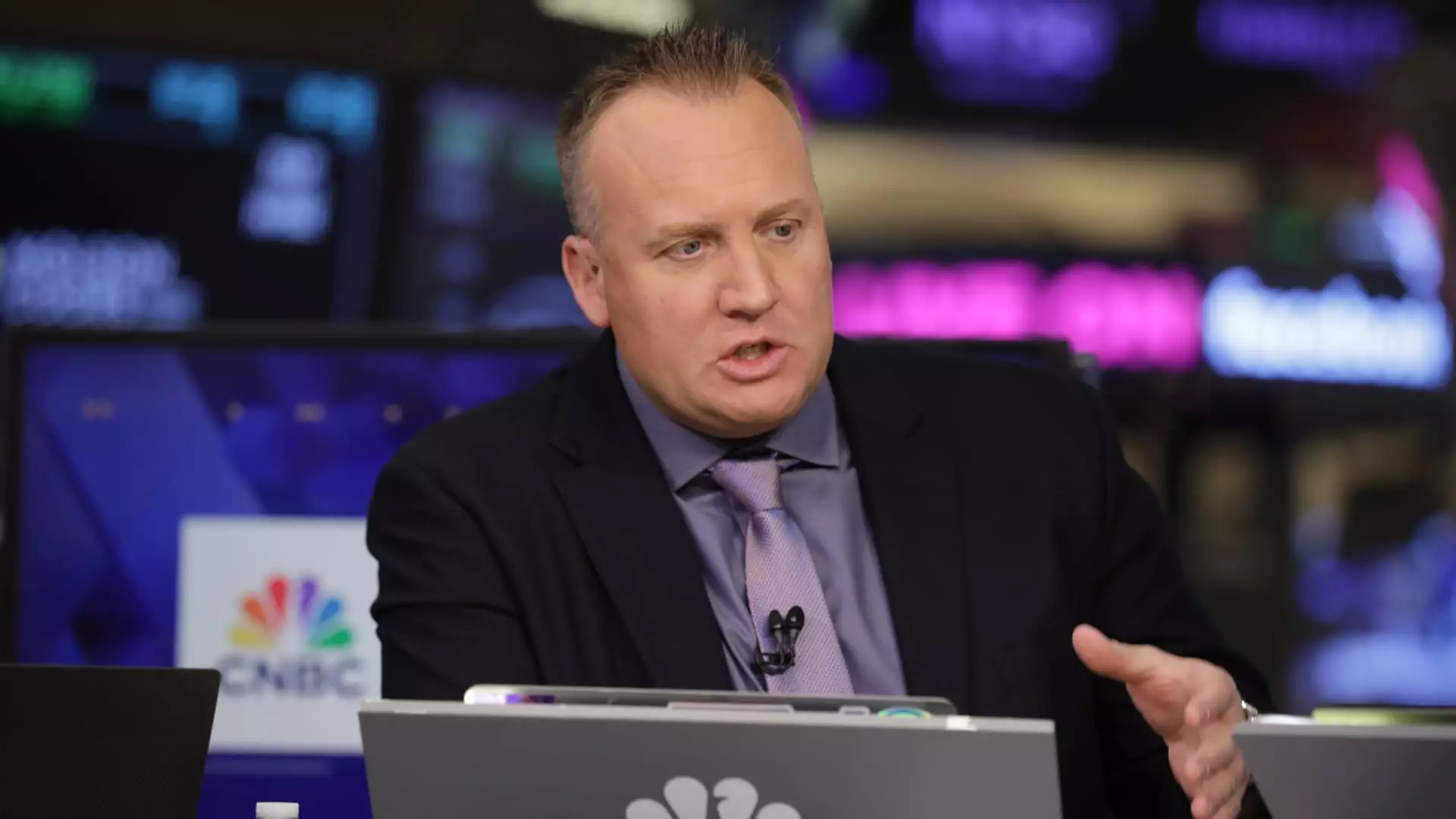In recent months, there’s been a growing belief among investors that Federal Reserve interest rate cuts in 2025 are not just inevitable but essential for market recovery. This optimism, however, is fundamentally flawed. The idea that lower rates will automatically buoy stock prices assumes that monetary policy is the primary driver of economic vitality—a misconception that dangerously oversimplifies the true nature of sustainable growth. The reality is that betting on rate cuts as a catalyst for stock appreciation is akin to chasing a phantom. History shows that markets rarely sustain rallies solely due to easing financial conditions. The latest Fed minutes underscored this misjudgment, revealing a divergence among officials about the pace and necessity of future rate reductions. Yet, Wall Street remains fixated on the narrative of imminent monetary easing, as if easy money alone can fix underlying economic issues.
The core flaw in this optimistic outlook is the misconception that rate cuts are a prerequisite for economic health. In truth, excessively high rates—though perhaps not to the extremes of 200 basis points above optimal—still pose risks. Maintaining overly restrictive monetary policy for too long can stifle innovation, hurt capital expenditures, and suppress the genuine productivity gains that fuel long-term growth. When investors prioritize rate cuts over real economic indicators, they distort valuation metrics, which leads to dangerous complacency. The market’s rally over recent quarters, powered by enthusiasm for artificial intelligence and technological innovation, has ignored the fundamental question: Are we fostering sustainable growth or merely inflating bubbles under the illusion of cheap credit?
Misplaced Focus: The Illusion of Monetary Easing
Emphasizing monetary policy as the prime mover in stock valuations is a trap that risks neglecting the real engines of growth—namely, innovation, infrastructure, and capital investment. The recent surge in earnings for companies like Nvidia, driven by AI advancements, exemplifies the importance of reinvesting in technologies that can redefine productivity. Yet, the broader market narrative tends to frame these successes as contingent on cheap money, creating a dangerous dependency. This echoes a central flaw: the idea that rate cuts are some sort of panacea for underlying economic vulnerabilities when, in reality, they risk postponing necessary structural reforms.
Furthermore, the focus on near-term rate cuts distracts from the more pressing challenge — fostering a business environment conducive to sustained capital expenditure. If the economy continues to rely on monetary easing, it encourages short-term speculation rather than genuine innovation. As Josh Brown suggests, capital expenditures are the true drivers of long-term earnings growth, particularly in sectors like semiconductors and cloud computing. Companies such as Amazon, with its AWS division, serve as examples of how strategic investment and technological leadership can generate value well beyond the whims of monetary policy. The market should view these companies as undervalued assets in the context of a decade-long horizon, rather than speculative plays on future rate cuts.
Rejecting the Bubble Mentality: The Fight for Real Value
The obsession with Fed rate manipulation fosters a bubble mentality where investors chase short-term gains, ignoring the risks of overvaluation and unsustainable growth. The recent valuations of mega-cap tech firms like Nvidia and Amazon are not accidents—they reflect a collective belief that innovation can only thrive in an era of low borrowing costs. But this belief is dangerously shortsighted. History warns that reliance on monetary easing to justify lofty valuations often ends in disappointment, with markets correcting only after the bubbles burst.
Wall Street needs to recalibrate its focus from what the Fed might do to what companies are actually doing. The ‘Magnificent Seven,’ led by Nvidia, showcase how technological innovation, especially in AI, can deliver impressive returns when backed by real capital investment. Yet, these gains are often dismissed as temporary, or worse, artificially inflated by monetary policy. The truth is that sustainable growth hinges on structural fundamentals—technological leadership, regulatory clarity, and genuine consumer demand—not just the promise of future rate cuts.
Progressive investors should resist the siren call of easy money and instead champion policies and corporate strategies that prioritize innovation and long-term value. Only then can the market avoid the cycle of boom and bust driven by liquidity injections and speculative exuberance. To do otherwise is to gamble on a mirage—one that could betray the very foundation of free enterprise by encouraging dependency on the illusion of perpetual easy credit.

